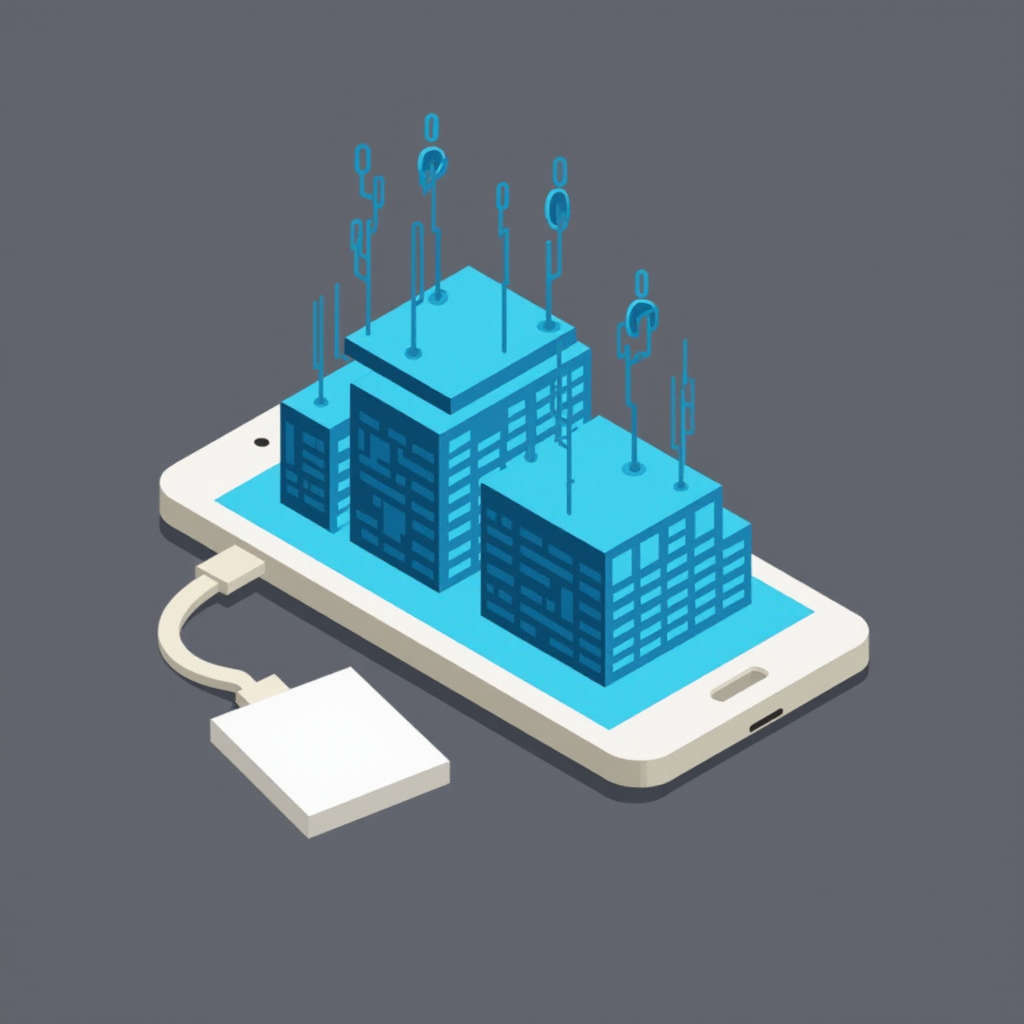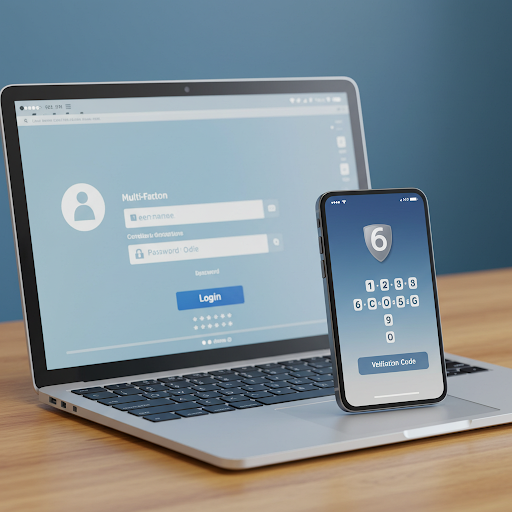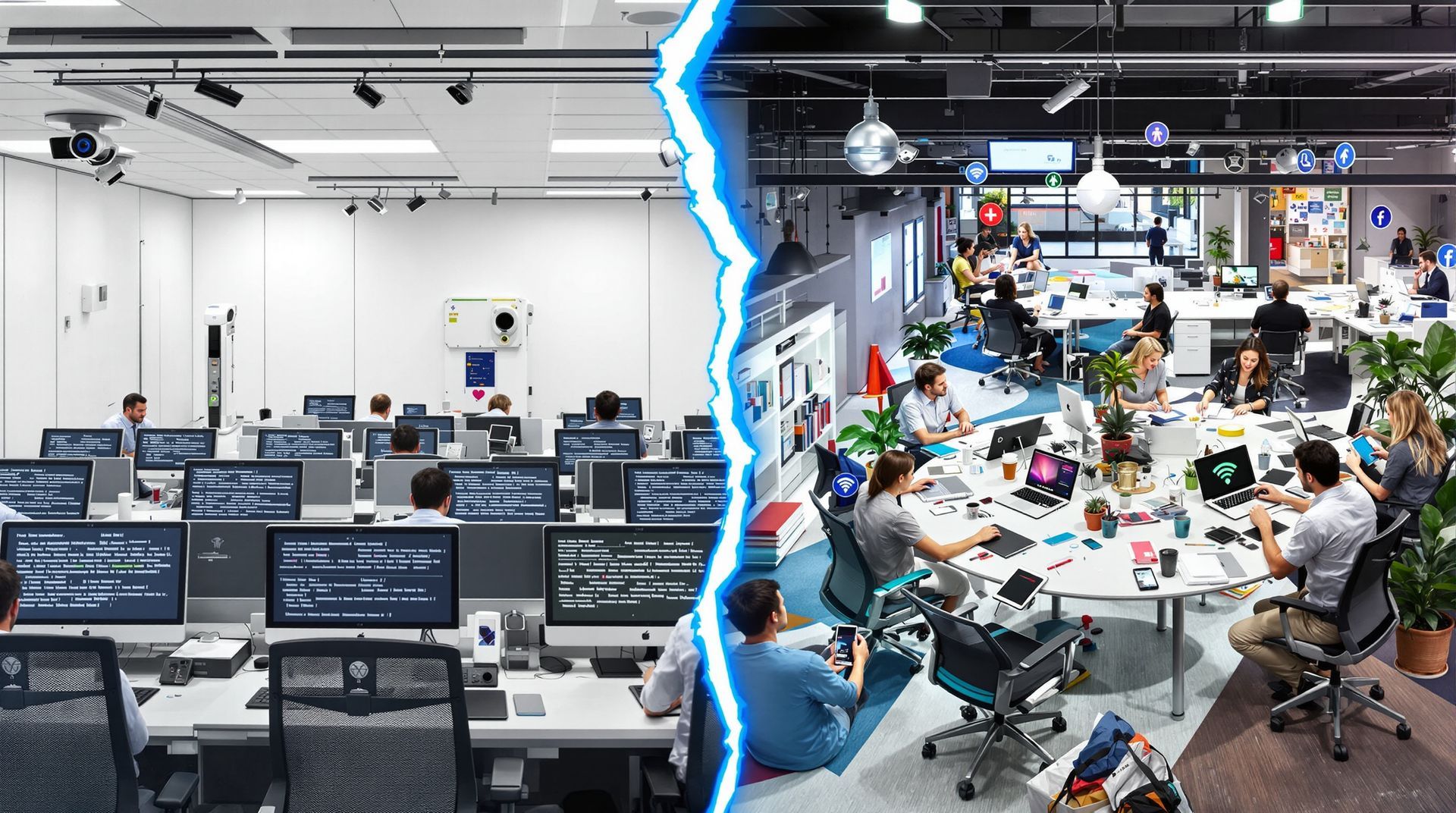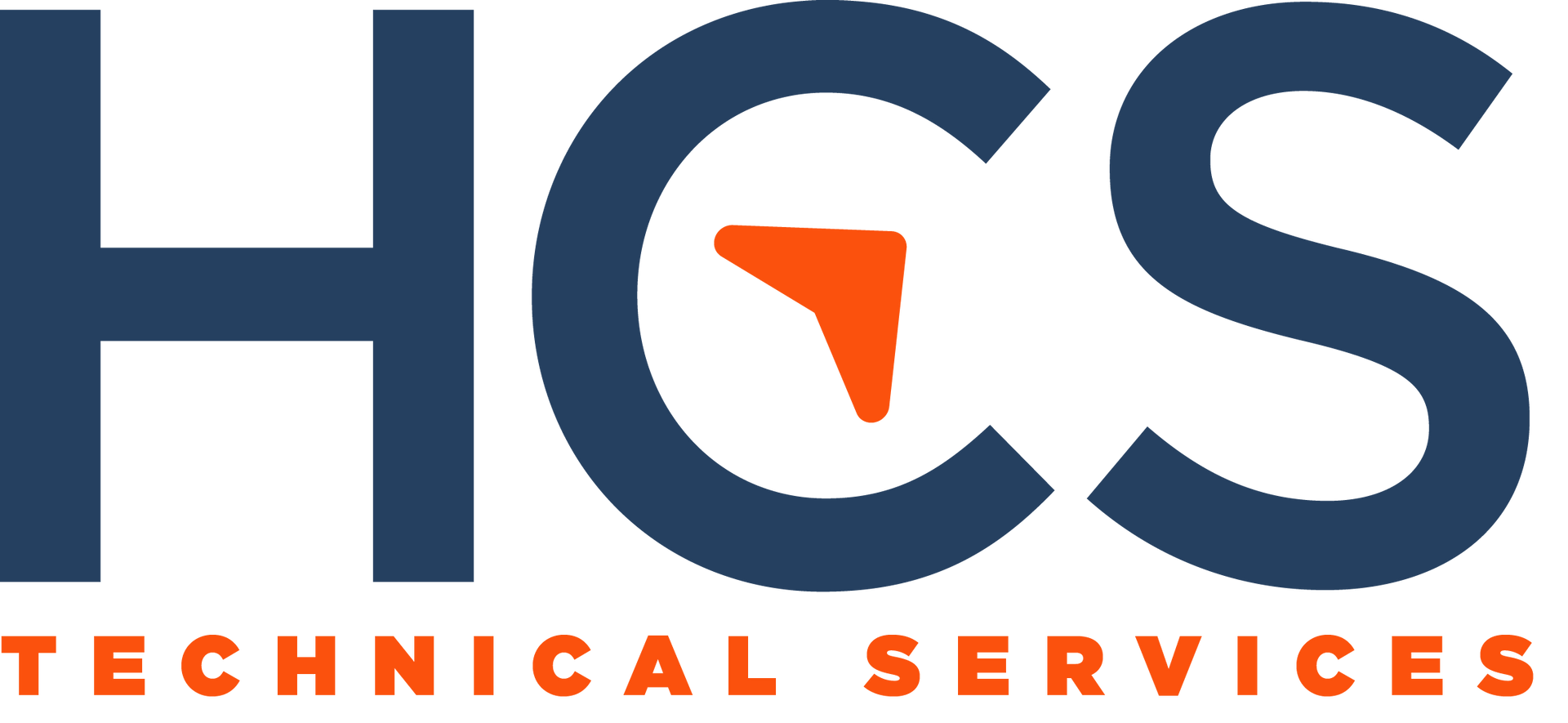How Can I Ensure My Business's IT Infrastructure Scales with My Growth?
How to Scale Your IT Infrastructure

How Can I Ensure My Business's IT Infrastructure Scales with My Growth?
For small and medium-sized enterprises (SMEs), the exhilaration of business growth can quickly turn into a logistical nightmare without the right IT infrastructure. Being unable to scale your IT resources to meet demand not only hampers your growth but can lead to operational inefficiencies. So, how can you ensure that your IT infrastructure is ready to scale with your business?
The Solution: Adopt Cloud-Based Services
The key to scaling smarter, not harder, is to adopt cloud-based services that offer elasticity and scalability. These services give you the flexibility to grow without bottlenecks, allowing you to quickly and easily adjust your IT resources to meet the demands of your growing business.
Actionable Tip: Perform an IT Audit and Choose Scalable Services
To get started, perform an IT audit to identify your current and future requirements. This will help you determine which areas of your infrastructure need to be scaled and what kind of resources you'll need to support your growth. Then, opt for cloud services that allow you to scale up or down based on your real-time needs, ensuring that you always have the right amount of resources at your disposal.
The Transformative Benefits of Scalable IT Solutions
- Cost-Effectiveness: Cloud services operate on a pay-as-you-go model, meaning you only pay for the resources you actually use. This optimizes your IT expenditures and helps you avoid the costly overheads associated with traditional IT infrastructure.
- Operational Flexibility: With cloud-based services, you can instantly add or reduce resources as needed, allowing your business to adapt to market trends swiftly. This flexibility is crucial in today's fast-paced business environment, where agility is a key competitive advantage.
- Future-Proofing: Scalable solutions make it easier to adopt new technologies as they emerge, keeping you ahead of the curve. By choosing services that can grow with your business, you ensure that your IT infrastructure is always ready to support your evolving needs.
Don't Let IT Limitations Hold Back Your Growth
The ability to scale your IT resources efficiently is critical for sustainable business growth. Without scalable solutions in place, you risk being held back by IT limitations, unable to seize new opportunities or meet the demands of your customers.
Get Expert Help to Implement Scalable IT Solutions
To unlock your business's full growth potential, consider partnering with HCS Technical Services. Their experienced team can provide tailor-made, scalable solutions that let you focus on what you do best—growing your business.
By adopting cloud-based services and implementing scalable IT solutions, you can ensure that your infrastructure is always ready to support your business's growth. Don't let IT limitations hold you back—start scaling smarter today.
HCS Technical Services



FIND US
HCS Technical Services LLC
120 Riverwalk Dr. STE 310
San Marcos, TX 78666
LET'S CONNECT
Marketing by
Right Tool Media LLC
© HCS Technical Services LLC | Website by Right Tool Media








